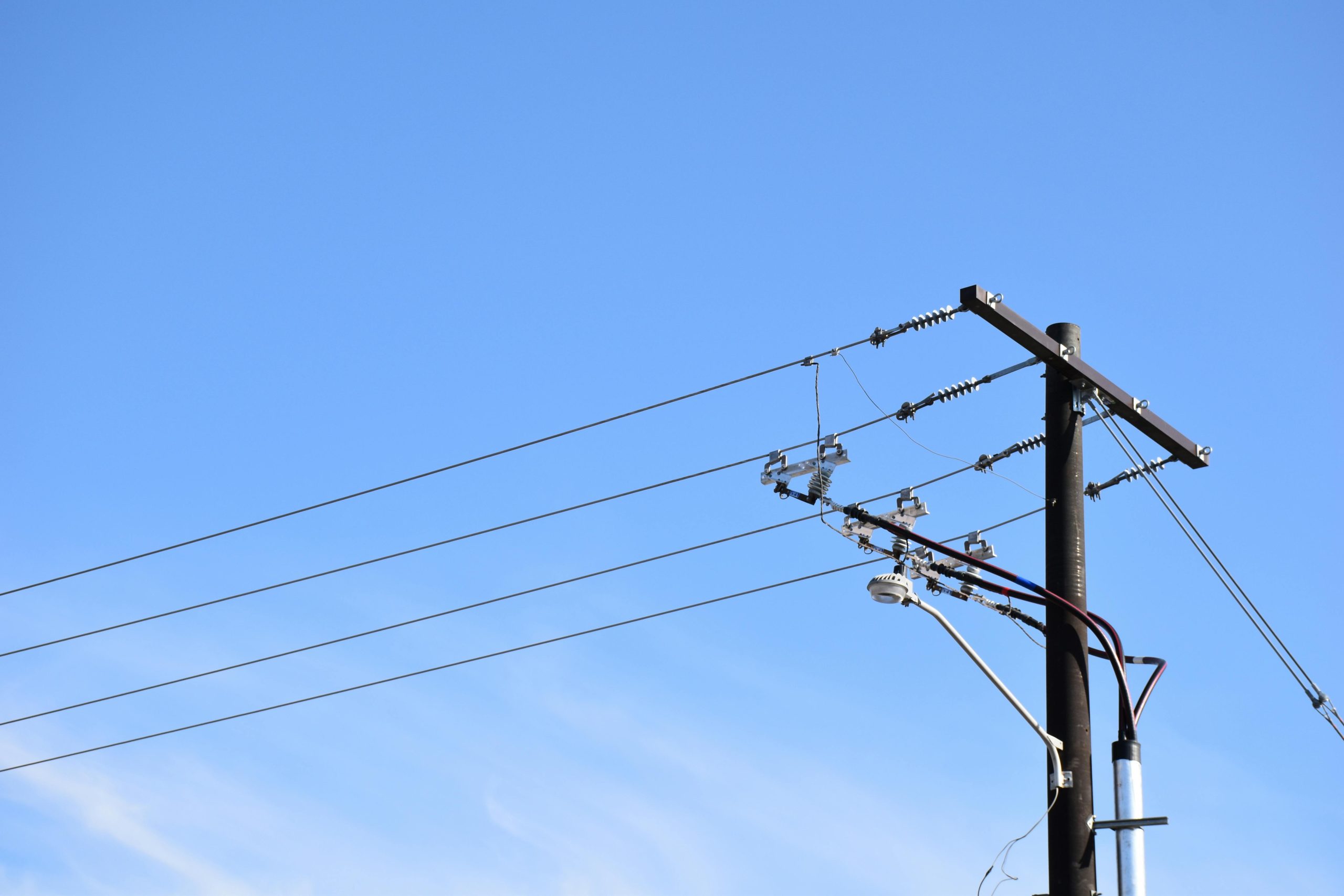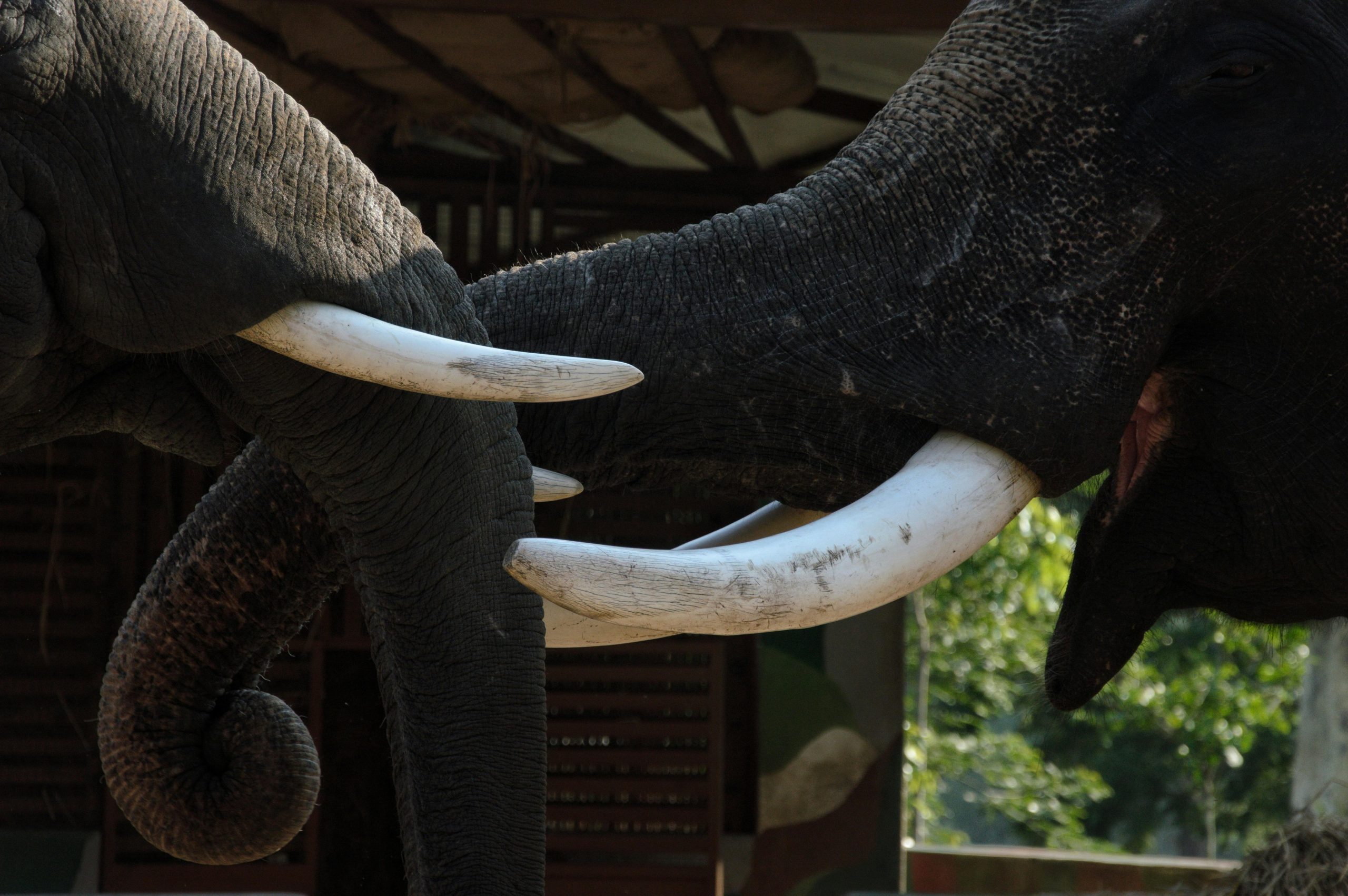Understanding Demographic Change: A Call for Critical Examination
In recent times, our global landscape has undergone significant transformations, particularly in the context of immigration. Initially, I viewed discussions around demographic change with skepticism, often dismissing them as baseless conspiracy theories. However, my perspective has shifted dramatically as I’ve observed the tangible effects of these changes in my community and beyond.
Take a moment to consider the evolution of cities in Europe and the United States. Five years ago, the neighborhood I call home felt entirely different. Today, I struggle to recognize it, not just in terms of its appearance but also in the fabric of its community—where I now find myself in the minority. This transformation raises profound questions: What is driving this unprecedented influx of people?
It is difficult to ignore the level of coordination required for such a significant movement of populations. It feels almost orchestrated, suggesting a deliberate strategy that challenges our traditional notions of cultural identity and heritage. The implications appear troubling; there seems to be a movement towards homogenizing cultures and values, potentially resulting in a world devoid of unique identities and histories.
Many individuals, regardless of their racial or ethnic backgrounds, are beginning to express concerns about these demographic shifts. It is not merely a fringe notion but a shared observation among diverse groups facing similar existential questions. The idea that such a transformation is just a simplistic racist narrative is dismissive of the valid experiences and observations of countless people.
When discussing these issues, it is essential to base our conclusions on personal experiences and observations rather than succumb to the pressures of political correctness. This is a moment for open dialogue and meaningful conversation about the implications of demographic changes. After all, acknowledging these realities does not equate to racism; rather, it highlights a desire to understand the forces shaping our societies and to preserve the rich tapestry of our diverse identities.
As we navigate these complex dynamics, let us prioritize respectful discourse and seek to understand the motivations and consequences behind such significant demographic shifts. By doing so, we can work toward a future that respects both our shared humanity and the unique cultures that enrich our world.




This post raises crucial points about demographic change and its implications for cultural identity and community cohesion. The transformation of neighborhoods through immigration is indeed a tangible reality that many people are grappling with today. However, while it is important to address the feelings of loss and confusion that can accompany such changes, we should also consider the potential benefits that diversity brings.
Immigration can enrich communities in countless ways—through new ideas, traditions, and economic contributions. For instance, research has shown that diverse environments foster innovation and creativity, which can lead to local economic growth and improved quality of life. Therefore, it might be worth exploring how we can strike a balance between preserving unique cultural identities and embracing the benefits of a multicultural society.
Moreover, the issue of communication and integration plays a significant role in this discussion. Communities that prioritize inclusivity and foster dialogue between long-standing residents and newcomers can help bridge cultural divides and mitigate feelings of alienation on both sides. This could be an opportunity for community-building initiatives aimed at fostering understanding and collaboration.
Ultimately, while valid concerns exist regarding demographic changes, they invite us to critically examine not only what we might be losing but also what we might be gaining. Could there be a way to craft a narrative that acknowledges the complexities of this transformation while celebrating the potential for enriched community life? By engaging in thoughtful discourse, we can work towards a vision of society that values both its diversity and its shared heritage.